- عنوان کتاب: Natural Language Processing in the Real World
- نویسنده: Jyotika Singh
- حوزه: پردازش زبان طبیعی
- سال انتشار: 2023
- تعداد صفحه: 393
- زبان اصلی: انگلیسی
- نوع فایل: pdf
- حجم فایل: 25.6 مگابایت
در روزگار مدرن، دیجیتالی شدن داده ها افزایش یافته است و ابزارهایی برای ذخیره هر تعاملی که در سراسر جهان اتفاق می افتد وجود دارد. داده های متنی به شدت در سراسر جهان تولید می شود. برخی از منابع رایج دادههای متنی شامل دادههای رسانههای اجتماعی، تعامل با مصرفکننده، بررسیها، مقالات، اسناد، ایمیلها و غیره است. کسبوکارهای بیشتری شروع به استفاده از یادگیری ماشینی کردهاند و اکثریت بزرگی انواع دادههای متنی را در اختیار دارند. در دهه گذشته، چندین کسب و کار کاوش کرده اند و در به دست آوردن اطلاعات از داده های متنی تولید شده توسط آنها یا در دسترس عموم از وب موفق بوده اند. در حالی که بسیاری در این مسیر هستند، بسیاری می خواهند در آن مسیر قرار بگیرند و از پتانسیل ساخت پیشنهادات مبتنی بر داده استفاده کنند. بنابراین، دانستن در مورد NLP و نحوه استفاده از آن در زمان امروز مهم است. پردازش زبان طبیعی (NLP) یک موضوع داغ با کاربردهای فراوان و تحقیقات فزاینده در سراسر جهان است. NLP به فرآیند ماشین برای درک زبان اشاره دارد. با حجم عظیمی از داده های متنی که امروزه تولید می شود، دامنه استفاده از NLP برای ساخت راه حل های هوشمند افزایش یافته است. Google Trends افزایش 112 درصدی در جستجوهای موضوع پردازش زبان طبیعی را در هفت سال گذشته پیشنهاد می کند. امروزه بسیاری از کسبوکارها محصولات و خدماتی را ارائه میکنند که توسط NLP پشتیبانی میشوند. نمونههای متداول عبارتند از آمازون الکسا، تکمیل خودکار جملات جیمیل و مترجم گوگل برای ترجمه زبان. با افزایش تقاضا برای محصولات و خدمات مبتنی بر NLP، نیاز شدیدی به نیروی کاری وجود دارد که قادر به درک و پیاده سازی راه حل های NLP باشد. من پس از پایان تحصیلات تکمیلی در صنعت به عنوان دانشمند داده شروع به کار کردم. در آن زمان، در شرکتی که در آن کار می کردم، هیچ راهنمایی در زمینه کاری خود نداشتم. من با تکالیفی روبه رو شدم که با توجه به پیشینه تحصیلی ام، حل آنها غیرممکن به نظر می رسید. در یک محیط آموزشی، شما روی مشکلات تعریف شده کار می کنید. در دنیای واقعی، با توجه به آگاهی از هدف کسب و کار، باید خودتان این مشکلات را تعریف کنید. در یک محیط آموزشی، شما داده هایی در دسترس دارید. شما یا روی مجموعه دادههای در دسترس عموم کار میکنید یا روی مجموعههای موجود در مؤسسه آموزشی خود کار میکنید. در دنیای واقعی، ممکن است دادههای برچسبگذاریشده نداشته باشید، ممکن است دادههای کافی نداشته باشید و حتی ممکن است اصلاً دادهای نداشته باشید. با مواجه شدن با این موانع، چندین درس آموختم که به مرور زمان به من کمک کرد تا در کارم برتر باشم. من اغلب آموخته ها و یافته های خود را با پایتون و جامعه علوم داده در قالب سخنرانی و ارائه در کنفرانس ها در سراسر جهان به اشتراک می گذارم. پس از جمع آوری نزدیک به یک دهه تجربه در کار با داده های زبان و ایجاد راه حل های NLP در دنیای واقعی، این کتاب را نوشتم.
In the modern day, data digitization has scaled and there are means to store every interaction happening across the world. Text data is heavily generated across the globe. Some common sources of text data include social media data, consumer inter- action, reviews, articles, documents, emails, and others. More and more businesses have started leveraging machine learning, and a large majority have some type of text data available to them. Over the last decade, several businesses have explored and been successful in getting intelligence out of text data generated by them or publicly available from the web. While many are on that path, many want to get on that path and exploit the potential of building data-driven offerings. Thus, knowing about NLP and how you can use it is prime in today’s time. Natural language processing (NLP) is a hot topic with a lot of applications and an increasing amount of research across the globe. NLP refers to a machine’s process to understand language. With the immense amount of text data generated today, there is an increase in the scope for leveraging NLP to build intelligent solutions. Google Trends suggests a 112% increase in searches on the topic of natural language processing in the past seven years. Many businesses today offer products and ser- vices powered by NLP. Common examples include Amazon Alexa, Gmail sentence auto-completion, and Google Translate for language translation. With the increasing demand for NLP-based products and services, there is a strong need for a workforce that is able to understand and implement NLP solutions. I started working in the industry as a Data Scientist after finishing grad school. At the time, I didn’t have any guidance in my field at the company I was working at. I was faced with tasks that seemed impossible to solve given my grad school back- ground. In an educational setting, you are working on defined problems. In the real world, you need to define these problems yourself given the knowledge of the business objective. In an educational setting, you have data available. You’re either working on publicly available datasets or one available at your educational institution. In the real world, you may not have labeled data, you may not have enough data, and you may not even have any data at all. Having faced these obstacles, I learned several lessons that over time helped me to excel at my work. I would often share my learnings and findings with the Python and Data Science community in the form of talks and presentations at conferences across the globe. After accumulating close to a decade of experience in working with language data and building NLP solutions in the real world, I wrote this book.
این کتاب را میتوانید از لینک زیر بصورت رایگان دانلود کنید:
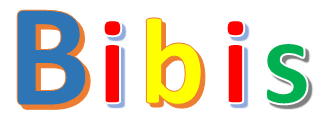


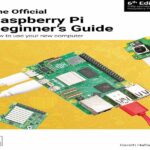


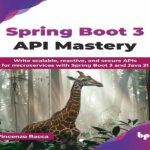






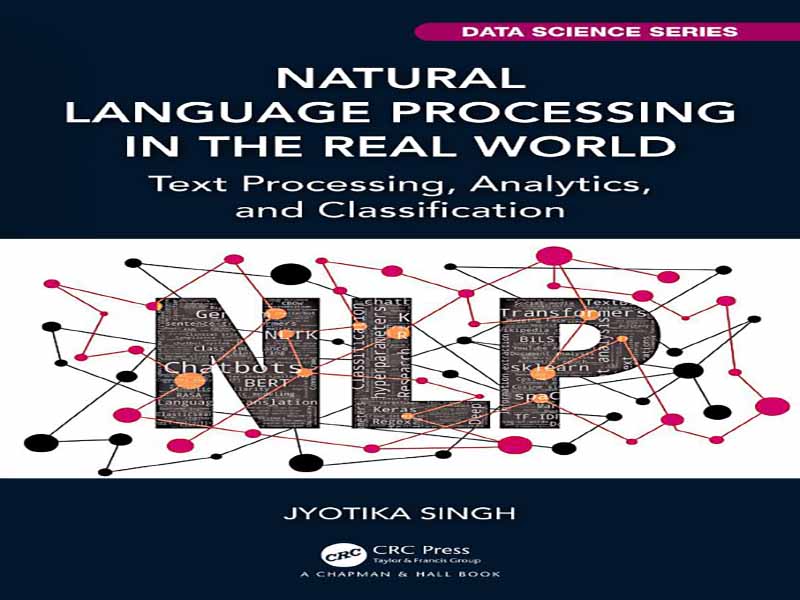




















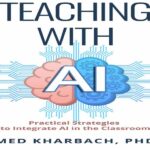

نظرات کاربران